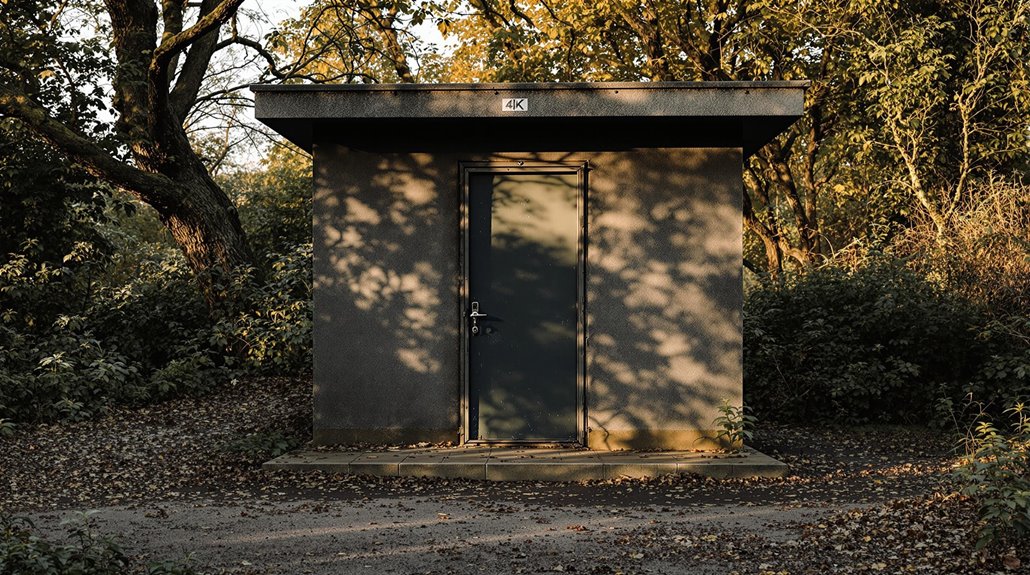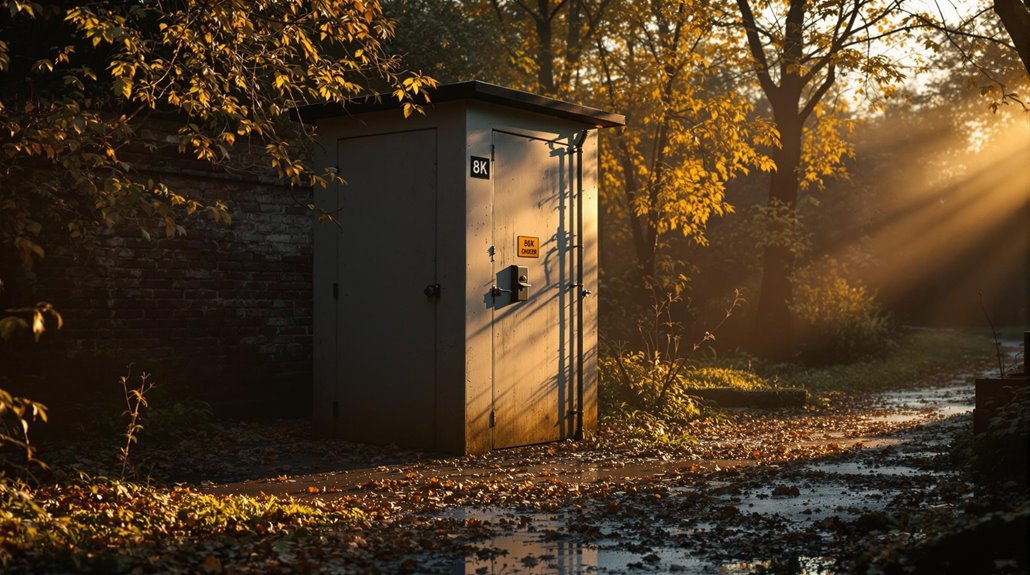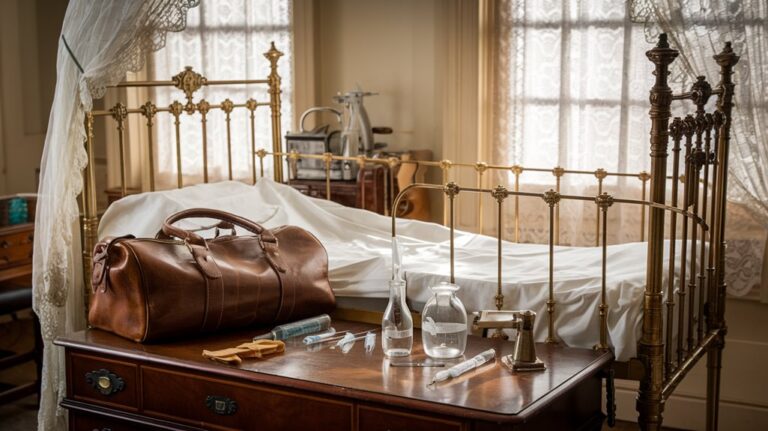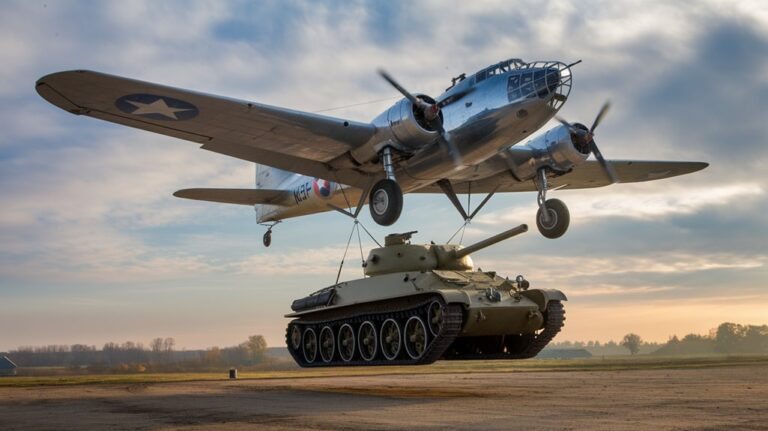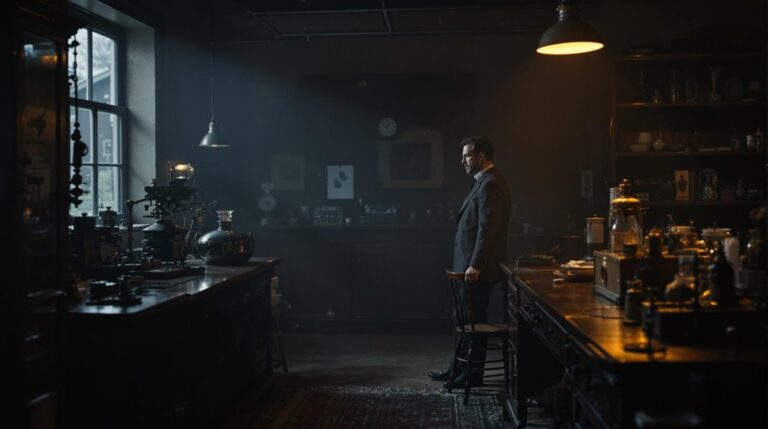The Toilets That Gave Away a Cold War Secret
You'd never think toilets could change history, influence espionage, or determine the outcome of Cold War intelligence. Yet in one of the most peculiar twists of 20th-century warfare, that's exactly what happened. When British agents discovered classified Soviet documents being used as toilet paper in a secret bunker, they'd stumbled upon an intelligence goldmine that would reshape military strategies. There's more to this bathroom breakthrough than meets the eye, and it's a tale that proves how desperation can turn the mundane into the extraordinary.
A Bunker Built for Survival
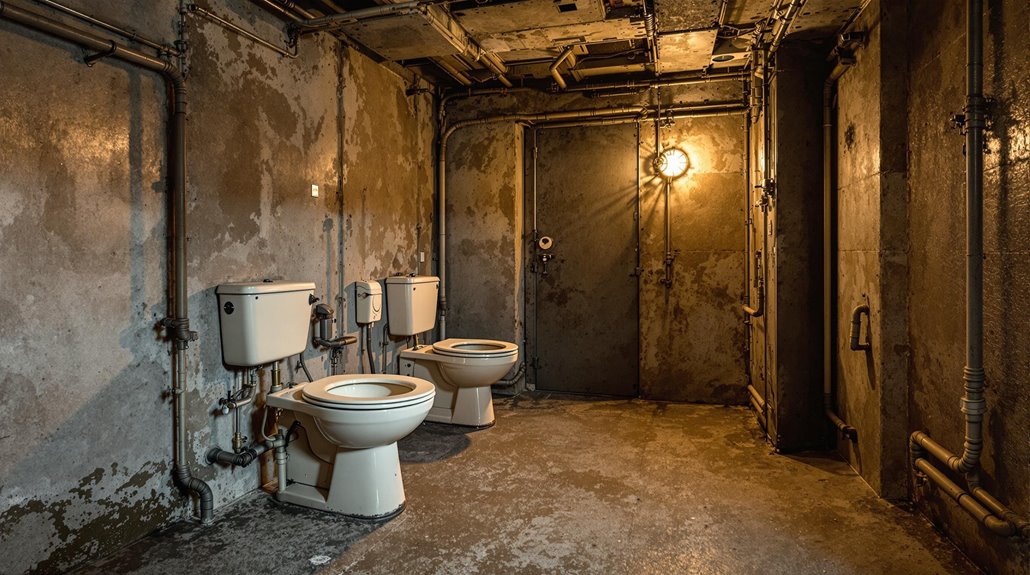
While the Cold War kept the world on edge, nations quietly constructed underground fortresses designed to shield their leaders and key personnel from nuclear devastation.
These bunkers weren't just simple shelters – they represented the pinnacle of survival strategies, with reinforced concrete walls up to three meters thick and blast-resistant doors weighing several tons. The Ottawa bunker featured a 75-foot blast tunnel designed specifically to offset the intense pressure from atomic bombs. The Greenbrier Bunker was cleverly concealed under a hotel in West Virginia.
The bunker architecture featured self-contained systems for air filtration and power generation, ensuring you'd survive even if the outside world became uninhabitable.
You'd find everything needed for extended stays: medical facilities, communication centers, and sleeping quarters.
Multiple security checkpoints and surveillance systems protected these underground havens, while camouflaged entrances kept their locations secret.
With backup power sources and restricted access protocols, these fortresses stood ready to shield their occupants from nuclear warfare's devastating effects.
The Telltale Plumbing Discovery
As German workers inspected what appeared to be a routine manhole cover on April 22, 1956, they stumbled upon one of the Cold War's most revealing discoveries – a sophisticated tap chamber that would expose a major Western intelligence operation.
You'll find it ironic that plumbing systems played a vital role in uncovering this elaborate espionage operation. When a German worker suggested checking sewage plans, the Soviets quickly realized they'd found more than just utility infrastructure. The discovery was reminiscent of ancient times when covered drains were first used in urban planning to conceal important infrastructure.
The operation had previously intercepted approximately 1200 telephone lines connected to Soviet military headquarters.
Here's what made this discovery so significant:
- The chamber revealed a complete telephone exchange for intercepting Soviet communications.
- It exposed advanced espionage tactics used by American and British intelligence.
- The discovery forced the Soviets to immediately re-route their sensitive communications and brought Western surveillance to an abrupt end.
When the Secret Came Crashing Down
Because toilet paper shortages plagued Soviet military installations, classified documents became an unlikely substitute that would ultimately compromise Soviet security.
You'd be amazed how this desperate measure exposed major Soviet vulnerabilities to Western intelligence agencies.
The severity of the shortage was so extreme that hundreds would line up at stores just to purchase basic toilet paper supplies.
Through Operation Tamarisk's unconventional espionage tactics, British spies made stunning discoveries by sifting through Soviet waste. They uncovered critical information about tank designs, troop deployments, and military strategies. The unguarded waste bins made it remarkably easy for Western intelligence to access sensitive documents.
A particularly valuable find was a military log containing details about the latest Russian tanks, which led to the development of specialized anti-tank weapons.
The operation's success highlighted how basic resource shortages could compromise even the most sensitive military information.
NATO gained significant advantages from these discoveries, while the Soviets remained unaware that their makeshift toilet paper was revealing their deepest secrets.
Life Inside Canada's Underground Fortress
Deep beneath the Canadian landscape, you'd find one of the Cold War's most remarkable fortresses – a self-contained underground city designed to house 535 personnel for up to 30 days during a nuclear crisis.
The four-storey deep bunker utilized advanced engineering to maintain sustainable living conditions while remaining hidden from potential enemies. The facility was built with 32,000 tonnes of concrete to withstand nuclear attacks.
Bunker living demanded strict discipline and carefully planned survival strategies, from managing limited space to maintaining mental health in an environment without natural light.
Your daily routine would revolve around:
- Coordinating with a 100-person team working around the clock on critical defense systems
- Sharing spartan quarters and communal spaces while adhering to strict security protocols
- Adapting to life with limited personal belongings and constant readiness for nuclear threats
You'd rely on advanced air filtration systems, secure communications, and self-sufficient resources while coping with the psychological challenges of underground isolation – a demonstration of Cold War preparedness and human resilience.
From Military Installation to Museum
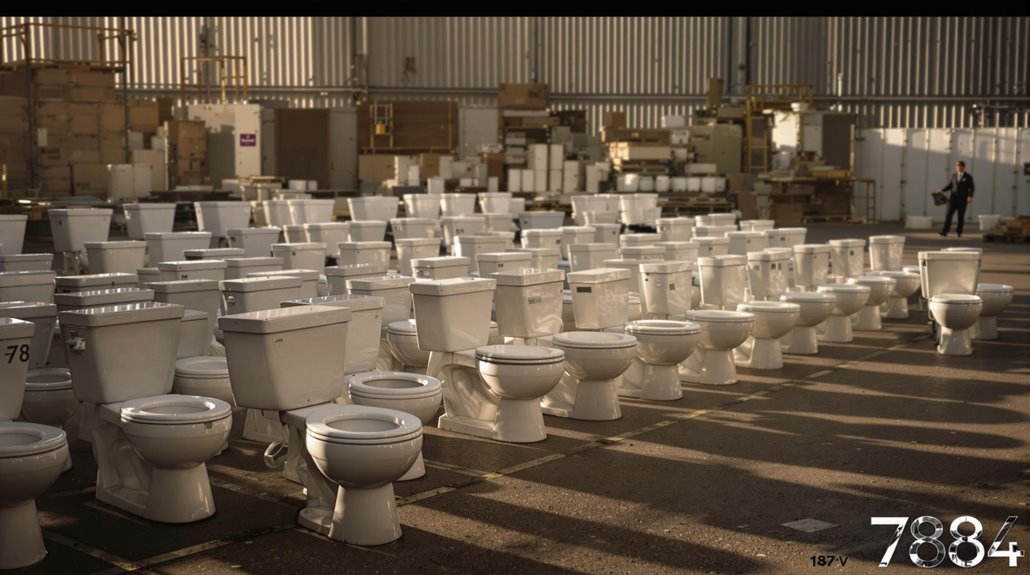
When the Cold War finally ended in 1994, CFS Carp transformed from a classified military installation into Canada's premier Cold War museum. After the Department of National Defence stripped the bunker of its furnishings, local volunteers stepped in to preserve this vital piece of military history.
You'll find that since its incorporation as a charitable organization in 1998, the Diefenbunker has become a leading center for museum preservation. The facility maintains its original 100,000-square-foot structure while housing interactive exhibits, recreated government rooms, and educational programs. The bunker was built to withstand a 5-megaton nuclear bomb from just 1.8 kilometers away. Just as UNT Libraries focuses on digital preservation, the museum works diligently to protect historical artifacts for future generations.
Today, you can explore the same corridors where military personnel once prepared for nuclear war, thanks to ongoing conservation efforts and partnerships with Cold War experts. The museum's dedicated team continues to digitize documents, maintain equipment, and enhance the historical accuracy of this remarkable underground time capsule.
The Legacy of the Diefenbunker Today
Today's Diefenbunker stands as Canada's most significant Cold War heritage site, welcoming over 65,000 visitors annually to its sprawling underground complex.
This National Historic Site preserves 100,000 square feet of authentic Cold War infrastructure, offering you a unique glimpse into a pivotal period of history. The facility maintains 55 blast-proof toilets that were engineered to withstand nuclear attacks, though many now require repairs. Originally constructed between 1959 and 1961, the bunker was designed to protect key government officials during potential nuclear threats.
The Diefenbunker's historical significance extends beyond its walls through:

